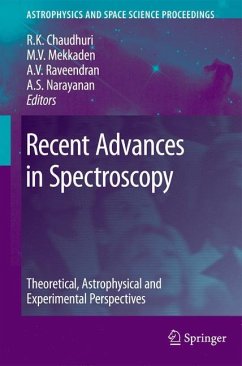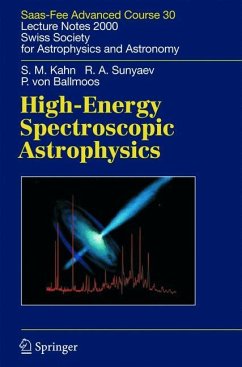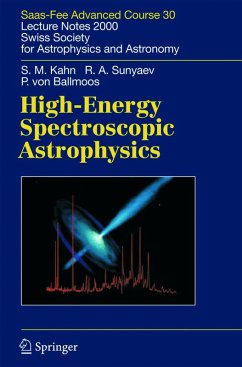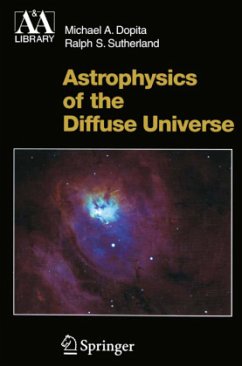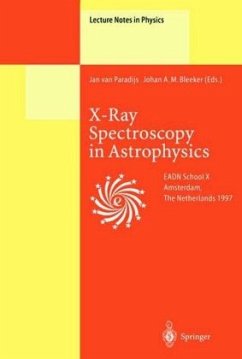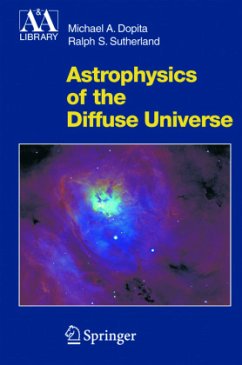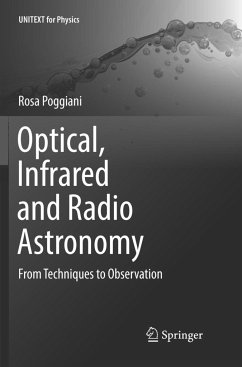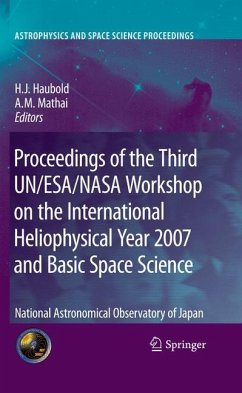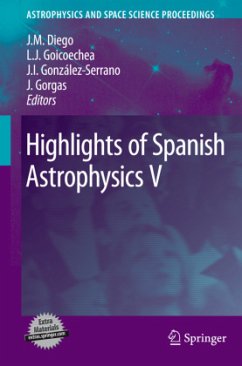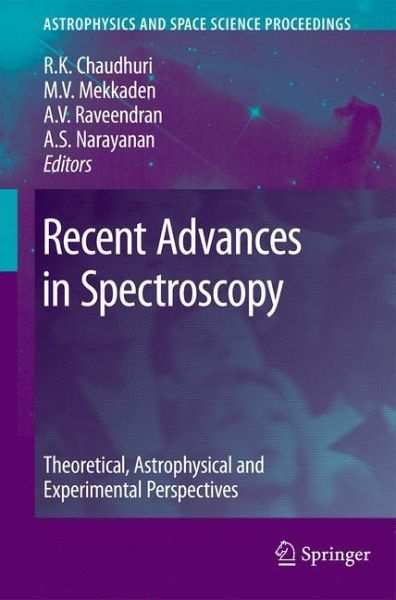
Recent Advances in Spectroscopy
Theoretical, Astrophysical and Experimental Perspectives
Herausgegeben: Chaudhuri, Rajat K.; Mekkaden, M. V.; Raveendran, A. V.; Satya Narayanan, A.

PAYBACK Punkte
76 °P sammeln!
In recent years there have been great advances in the fields of laboratory and astronomical spectroscopy. These have been equally matched by large-scale computations using state-of-the-art theoretical methods. The accurate atomic opacities that are available today play a great role in the field of biomedical research using nanotechnology.The proceedings of the "International Conference on Recent Advances in Spectroscopy: Theoretical, Experimental and Astrophysical Perspectives" contain both invited and contributory papers, which give the most recent results by the peers in the areas of theoret...
In recent years there have been great advances in the fields of laboratory and astronomical spectroscopy. These have been equally matched by large-scale computations using state-of-the-art theoretical methods. The accurate atomic opacities that are available today play a great role in the field of biomedical research using nanotechnology.
The proceedings of the "International Conference on Recent Advances in Spectroscopy: Theoretical, Experimental and Astrophysical Perspectives" contain both invited and contributory papers, which give the most recent results by the peers in the areas of theoretical and experimental atomic physics as well as observational astrophysics.
The proceedings of the "International Conference on Recent Advances in Spectroscopy: Theoretical, Experimental and Astrophysical Perspectives" contain both invited and contributory papers, which give the most recent results by the peers in the areas of theoretical and experimental atomic physics as well as observational astrophysics.





